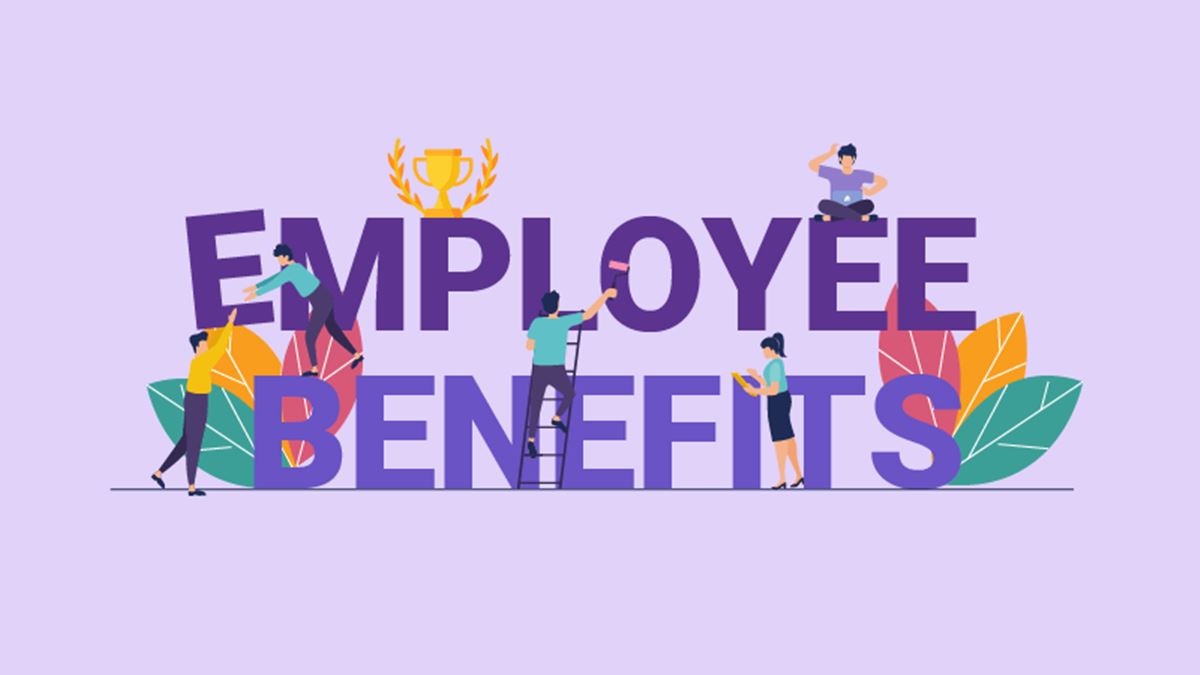Mercer’s skills guru Ravin Jesuthasan explains how a skills-powered approach to talent management can boost agility, efficiency, and productivity.
For the past four years, Liam has worked in the accounting team in the Swiss office of a food and beverage multinational. He helps prepare financial statements, manage budgets, and ensure compliance with financial regulations. Helped by his training, professional experience, and learning from colleagues, he has become proficient at analyzing high volumes of financial and operational data.
In short, Liam has developed quite a specialized skill set. But ask the CHRO about Liam’s capabilities, and they would probably just tell you that he works in accounts.
“This is the reality at most businesses,” says Ravin Jesuthasan, Global Leader of Transformation Services at US-headquartered consultant Mercer, and author of a series of books on the changing nature of work and jobs. “But job titles and qualifications are opaque and wholly incomplete signals of what a person can do.”
The CHRO would have a much better understanding of what Liam does, and what Liam could do, if they knew about his actual skills and capabilities. If this was replicated for every employee, the organization would have a granular view of the true supply of skills within the business.
Imagine this same rigor applied to calculate the demand for skills, now and in the future – not thinking about the jobs that need to be done, but breaking them down into individual tasks and the required skills to execute them.
If this detailed view of current skills demand and supply was presented on a central platform, business leaders could allocate resources much more efficiently and effectively. Liam might suddenly find himself working where he was most needed and doing what he is most passionate about.
“There is broad recognition of the need to think this way, but only a small number of businesses have adopted it fully,” explains Jesuthasan. “One frontrunner is Unilever, which introduced an internal marketplace for skills in 2020 to understand the skills its employees possess, how the organization’s skills demands were changing, and enabling the business to deploy its people to maximum effect. There was a massive productivity boost as soon as it launched.”
This approach is all about pivoting away from a one-to-one relationship between an individual and their job, toward a many-to-many relationship, in which an employee’s unique bundle of skills is matched to various tasks.
A focused skills search hones training programs
The businesses that have adopted a skills-powered approach to talent management to date receive the added benefit of knowing exactly which training courses are most appropriate for the individual and the business. Managers might find they need their teams to upskill in areas of data science, critical thinking, or emotional intelligence. Conversely, they might realize they already have the skills within the employee base, reducing the need to recruit or outsource certain tasks.
“This approach is all about pivoting away from a one-to-one relationship between an individual and their job, toward a many-to-many relationship, in which an employee’s unique bundle of skills is matched to various tasks,” explains Jesuthasan. “And once you know this, the organization can suggest certain upskilling and reskilling opportunities to each employee.”
According to Jesuthasan, international banking group Standard Chartered, another early pioneer of this approach, managed to save £50,000 per employee through more effective reskilling and redeployment.
“Tools such as Gloat or Eightfold help organizations understand what work is required and how that translates into demand for specific skills.”
Volatility requires agility
Jesuthasan has long advocated a skills-powered approach to talent management. He believes that ongoing global volatility, coupled with the rapid evolution of AI technology, has made it an imperative.
“The half-life of some AI skills is now down to two and a half years,” he says. “This, combined with the instability caused by geopolitics and the evolving state of tariffs, means businesses need to reskill and redeploy talent faster than ever before. Adopting a skills-powered approach gives them the agility to do this.”
The maturation of skills marketplace technology has eased this transition. Tools such as Gloat or Eightfold help organizations understand what work is required and how that translates into demand for specific skills. These platforms also infer which skills employees already possess, based on previous experience, specific projects they’ve worked on, educational background, and other factors. It can then start to match skills supply and demand.
How to start the journey
Transitioning to a skills-powered approach to talent management is a complex undertaking. Individual identity is often tied to a job, meaning workers may see an attempt to deconstruct roles into tasks and the underlying skills as a personal affront. Jesuthasan says that three initiatives are essential to start the journey on the right footing:
- Articulate a ‘North Star’
The CHRO, in collaboration with other senior executives, must articulate a North Star to guide the business on its journey. This involves explaining the productivity, agility, and efficiency benefits of a skills-powered approach, and how it will evolve. It must also outline how systems, processes, policies, and culture will change to support the transition.
In no more than one page, the North Star document should detail how the new structure will change the work experiences of employees, managers, and leaders. For example, employees will receive personalized training suggestions, while leaders will receive earlier and clearer signals of rising demand for certain skills.
The North Star should be the basis for securing executive-level support and individual employee engagement. “You need to show the financial benefits or this transition won’t stand the test of time,” adds Jesuthasan. “I previously worked with an organization that ditched its initiative after missing an earnings target. The program narrowly focused purely on career progression, which, while worthy, didn’t create tangible economic benefits.”
- Start narrow and shallow
It’s best to start small, demonstrate success, and then scale. Identify a discrete part of the business (narrow) that is encountering skills-related challenges and focus on that. It could be a product team that is facing surging demand due to geopolitical developments, or a finance team that needs to rethink job roles in the context of automation.
“Businesses also need to start ‘shallow,’” explains Jesuthasan. “Take a specific part of the human experience of work, whether that’s how careers are managed, how talent is acquired, or how training is undertaken, and show how an end-to-end skills-powered approach delivers value.”
- Implement the eight change enablers
Eight foundational pillars support a skills-powered organization:
- Incentivize leaders: Managers typically guard the skills within their team, conscious that they will be judged on performance against the rest of the business. Restructure incentives to encourage managers to redirect skills to where they are most needed.
- Encourage employees: Stimulate employees to engage with new work and learning opportunities.
- Support managers and leaders: Create a dedicated unit within HR to drive this transition.
- Explore AI opportunities: Examine how AI can match skills supply and demand. Find the optimal combination of technology platforms to match skills and tasks.
- Rethink governance: Define accountability for managing skills deployment.
- Change the culture: Create a culture in which employees are keen to acquire new skills and apply them to new projects and roles.
- Adjust legal and accounting processes: Change finance practices to account for work being undertaken in different teams and regions. Ensure compliance with local employment law.
- Create a skills taxonomy: Ensure that technical and human skills are routinely assessed and captured.
Organizations’ transition to a skills-powered approach should reflect their existing culture and work practices.
By recognizing the different skills available and moving them around to fill gaps in business operations, leaders can let their teams shine.
“The CHRO at a major telco in Asia-Pacific was worried that resistance to change among management would scupper their plans,” reflects Jesuthasan. “Acknowledging that remuneration was a key driver of behavior, the CHRO introduced ‘the rule of 10%.’ This stated that bonuses would only be paid if at least 10% of new work was resourced through their new internal skills marketplace and that 10% of each team’s capacity had to be made available. It worked overnight.”
Investing in a skills-powered approach could revolutionize your business. By recognizing the different skills available and moving them around to fill gaps in business operations, leaders can let their teams shine by using all their capabilities.
Suddenly, Liam from Accounts is not just a name on an employee list – he’s someone everyone wants to get to know.




















